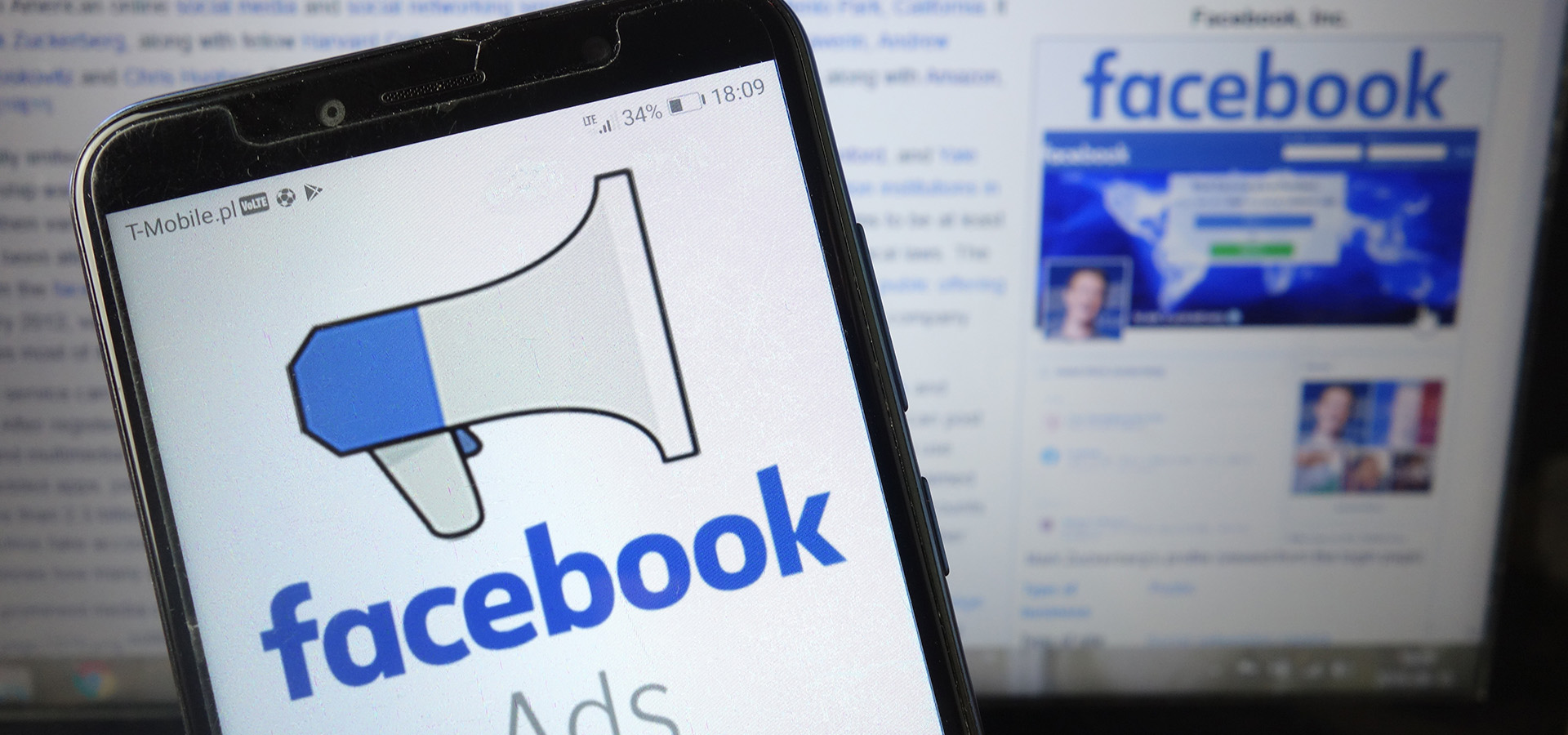You’ve got a business, and you want to share it with the world. You don’t have the budget to run billboards and TV commercials. Your website is great, but it’s just a baseline requirement. You need to get people seeing you. Your next step? Social media.Most people are only familiar with the social media platforms they personally use; often, this means Facebook and nothing else. Even if you’re a regular personal user of other platforms, like Twitter and Instagram, you may not be aware of the best practices for using them effectively.
Not to worry, we’re here to help.
We want to help you get a handle on which social networks work best for you and how to best employ them. Each of the major social networks has a unique culture, media, and sharing capabilities. With the proper focus and research, you’ll be able to tap into the very specific advantages each network brings to the table.
Along with knowing what networks to invest in, you should know which ones to ignore. It breaks down to a necessary choice: you need to be picky about which social networks you’re going to be on. It’s simply better to avoid some of them rather than try a half-hearted attempt. A lack of presence is almost always better than a bad presence.
We’ll now break down the reasons to use each of the major players in terms of audience identification, sharing advantages, toolsets, and return on investment (ROI). We begin with Facebook, the world’s most popular social network.
Facebook:
Your personal Facebook account won’t quite prepare you for the large array of tools available to the business user. Pages have a vast selection of options to play with and metrics to gauge your success, measuring your audience and engagement levels with surprising depth.
Facebook is about developing longterm relationships with customers by building trust and curating a consistent image. It’s exceptionally open about how you can present yourself.
You don’t want to use the platform for directly selling to people; instead, you’ll want to “be real” and present your brand as fun, relatable, and cool. Between self-promotional posts, you’re encouraged to toss in content from other people, memes, jokes, or anything else that a regular friend might share.
It’s important to never let your Facebook page go dormant. That looks unprofessional and will scare people away!
Twitter:
Twitter is where you go to be conversational and witty, where you get in close touch with customers and fans. It’s extremely easy to directly interact with people on the platform, allowing you to direct 140 character tweets (and images) to other users with zero effort. Basically, twitter is a more informal social network that feels a bit more face-to-face than any of the others.
Because it is such a simple platform, Twitter can be a fantastic outlet when you want to drop announcements, field questions, and otherwise deliver information in a straightforward package. If you plan to use Twitter, make sure to stay engaged, respond to tweets, and deliver a consistent flow of information.
You’ve probably heard of hashtags. Here’s why they’re important. Hashtags (like #socialmedia for example) are used to organize and track topics. So if you search for #socialmedia, you’ll see everyone who used that hashtag in their recent tweets. The skillful and deliberate use of hashtags is often key to making your voice heard on Twitter. With your eyes on the trending topic lists, you can make sure to weigh in on every relevant topic you’d like, ensuring serious visibility!
One important caveat: do not over-tweet! You want to leave your followers some breathing room, or they’ll delete you in a hurry. Keep it to a handful of official tweets per day, but feel free to respond to enthusiasm or questions as needed.
Instagram:
Instagram is one of the fastest growing platforms, with new users arriving in droves daily. With a laser focus on picture sharing and nothing else, it’s a perfect space for sharing visual content. Anything from clothing to art to any type of product you sell can be a fodder for likes, comments, and sharing on Instagram. This makes it particularly valuable if you have a visual angle to show off.
Instagram is very hashtag-centric, more so than Twitter; notably, there are no character limits. Even better, the culture welcomes an abundance of hashtags (it’s generally frowned upon to dump more than 3 or 4 onto a post in virtually every other social media space). Without a limit, you’re free to tag away. It’s akin to casting out every type of lure at once; you’re better equipped to catch the myriad variety of fish in the sea.
With Instagram, it’s most important to post interesting imagery. The worst sin on this platform is to be boring and forgettable. Also, remember that no one will care to follow you if all content is simply promotional!
Pinterest:
Here’s what you need to know about Pinterest: It’s a content sharing platform for photos, videos, and any other type of imagery, often paired with recipes, guides, wedding planning, and other curated lists. It works by users going out online and actually “pinning” different website pages out on their Internet travels. These Pins are turned into content blocks featuring images and headlines. It gets saved to the original user’s page. They then become available for other Pinterest users to see straight on Pinterest
It’s got a primarily female user base. This is an important factor when recognizing your target audience, as some products and brands simply thrive here while others have trouble gaining a foothold.
The best thing about Pinterest is that an interesting (or Pinteresting) post will be shared and shared again, gaining in popularity organically. In this way, it’s one of the best avenues for sharing ideas with a hook, the way you see particular news articles gaining traction across other social media. With the right content, your followers and their friends will do the sharing for you.
The trick with Pinterest is to stay engaged and responsive; while dormant material will sit there until it’s deleted, it will slowly phase out of interest if you’re not interacting with followers and posting new content consistently. This really is a theme across any social media platform, so it bears repeating: stay engaged!
YouTube:
This one is everywhere. YouTube is 100% focused on video content. This is the platform you want to aim for if you have the ability to produce quality visual content. You really win at YouTube by posting unforgettable, attention grabbing content.
YouTube can be used simply as a conduit for commercial video, but some particularly notable companies use it as a creative outlet. Producing memorable content that includes jokes, narratives, or eye-popping art is a solid strategy with a history of success. With the right content, your YouTube account can accrue millions of views.
Google+
Google+ is somewhat similar to Facebook, as an all-around social media platform with a general focus. However, the user base is not nearly on the same level of activity. If you can find the right niche circles on here, though, you’ll be golden. The niche communities on Google+ often tend to be the most dedicated, so tapping the right vein can be extremely valuable.
The most important and useful aspect of this platform is the fact that, because it’s baked directly into Google itself, anything you published gets indexed immediately. This means that you’ll have much better SEO (search engine optimization) leading to higher rankings when people search in your field. More than any other reason to maintain a Google+ account, this is it.
Tumblr:
Tumblr is often mistaken for a standard blog platform, but it’s far more than that. The fast growing social media platform is great for niche audiences that are often incredibly active and passionate. If you decide to delve into Tumblr, expect to remain very engaged.
One unique aspect of Tumblr is a useful “explore” function that lets users find content and other blogs easily. It’s basically a jumping off point for users, allowing them to navigate content by topic and related users. This means that if you’re offering relevant content, the eyeballs will come to you.
Reblogging is the central operation here, allowing people to share and re-share your content like Pinterest. From videos to text to videos, there are basically no limitations on the type of posts you can make. It’s amazing how many unique things you can find in a network as open as Tumblr.
Now What?
Now that we’ve summarized the strengths and allure of each social media network, we want to reiterate the importance of remaining active on each and every one you choose to join. Do not enter into a network lightly or without conviction; you’ll want to remain committed to engagement once you’ve got the ball rolling.
That idea is pretty much the central tenet of social media: unlike the old web, and especially unlike print media, you cannot simply drop content on the Internet and expect it to reap dividends. You need to produce new content on a consistent basis and engage with your followers. The whole idea is making sure that you’ve got a positive return on your investment of time and money.
When you relate to potential customers and remain visible amidst the sea of information online, you ensure your brand’s survival and ability to thrive into the future!











